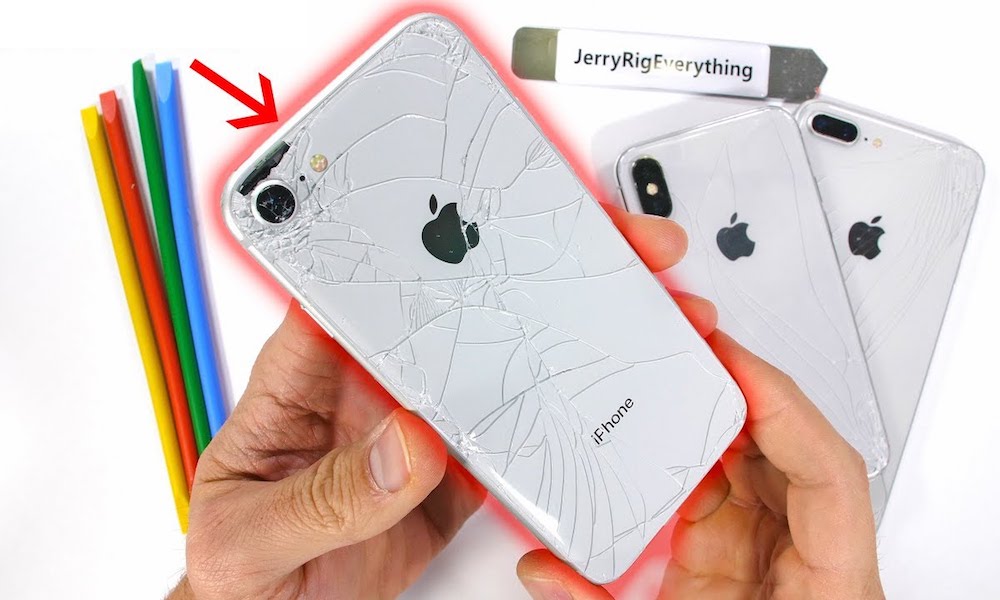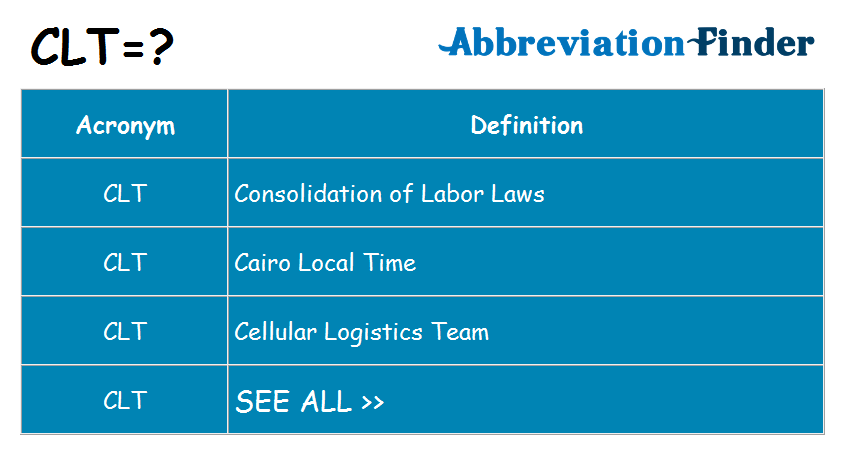Introduction Of Back Glass Replacement

“Welcome to our guide on back glass replacement, an important aspect of vehicle maintenance that is often neglected. Broken rear glass threatens life and disfigures a car’s appearance either due to accidents or normal wearing out. In this detailed article, we will be talking about the complexities of replacing rear glass by giving you insights, tips, and procedures for success. Let us embark upon the journey to restore your ride’s integrity and beauty.”
Section 2: Understanding Back Glass Replacement Damage

There are different types of damages resulting from broken rear windows each with its cause and effect.
- **Impact Damage**: In most cases caused by accidents or crashes, impact damage may appear as cracked, chipped, or shattered glass.
- **Environmental Factors**: Aspects such as extreme temperatures, hailstoning, or debris can mark these glasses with scratches, pitting, or weakness.
- **Age and Wear**: Over time the back windows can wear away making them lose connection and leading to delamination (delamination), discoloration, or fogging.
- **Structural Integrity**: Any kind of damage has an impact on the structural integrity regardless of what happened thus compromising both safety and beauty.
Therefore an understanding of these intricacies is essential in determining what method should be used in replacing glass.
Section 3: Importance of Prompt Replacement

Fixing broken back-glass promptly is crucial for many reasons including safety, performance as well as looks:
- Safety Concerns: Broken back-glass weakens a car’s structure hence increasing chances for road accidents and physical harm among passengers inside it. Urgent fixing brings appropriate protection measures that guard both occupants and vehicles.
- Prevention of Further Damage: Ignoring minor problems may lead to serious mechanical failures in the future days ahead. With time cracks and chips widen because there are vibrations in addition to temperature variations amongst others extra tension etc… Fast repair or replacement helps to prevent additional loss and can save time and money.
- Legal Compliance: Driven with a fractured back-glass is against the law in numerous jurisdictions and attracts a penalty or even a fine. It is expedient to restore the glass as early as possible to avoid legal action.
- Preservation of Vehicle Value: As compared to other cars, vehicles having broken rear windows don’t fetch high resale prices. Fixing it immediately upholds its overall look and worthiness.
- Enhanced Visibility and Driving Experience: Cracks, chips, or cloudiness in the back glass can obstruct the driver’s view, compromising safety and driving experience. Replacing this restores an optimal vision of what you want (man) ensuring a comfortable safe driving experience.
When vehicle owners prioritize timely back-glass repair their safety will be safeguarded, they will follow the law and maintain the value and functionality of their vehicles.
Section 4: Assessing Back Glass Damage Severity

Assessing how bad broken rear glasses are is vital (very important) in selecting what direction one should take:
- Crack Length and Depth: The length and depth of cracks in the back glass are key indicators of severity. Long or deep fissures are more than likely going to destroy its structure hence the need for immediate replacement.
- Chip Size and Location: The size and location of chips in the back glass also impact severity. Big chips or those around critical places like where drivers see ahead are more dangerous and thus require putting new ones.
- The extent of Shattering: In cases of shattered back glass, the extent of shattering and dispersion of glass fragments can indicate severity. If a large piece has fallen off every place on it then you should consider buying another one because this represents a threat to your life’s safety.”
- The effect on visibility and functionality: It is essential to assess how the harm affects visuality and functioning. The driver’s sight hindered or any damage that compromises the clear rear view of a motor vehicle, such as wipers or defrosting, needs immediate attention.
- Possibility for More Damage: Besides, it is worth checking whether more damages are possible if one leaves the existing damages unattended. Such factors as temperature alterations, vibrations, or additional stress may worsen already existing damage and make an instant replacement necessary.
By evaluating thoroughly, vehicle owners can easily determine the extent of back glass damage to prioritize safety and functionality in making replacement decisions.
Section 5: Replacement Tools And Materials Needed
Back glass replacement requires specific tools and materials to ensure a successful procedure:
- Safety Devices: Take up proper protective gear including gloves, safety goggles, and protective clothes in order not to be hurt by glass particles or sharp object fragments that come about during accidents while working on this assignment.
- Tools for Glass Removal: Important instruments for removing broken glasses include windshield removal toolkits, suction cups as well as glass cutout wires that enable safe and efficient separation of old glasses from automobile frames.
- Cleaning Agents: Prepare the frame with the use of a window cleaner solution together with lint-free cloth wipes plus some alcohol wipes used to clean off dust, dirties or adhesives sticking on its surface before changing the back glass.
- Adhesive and Sealant; Pick high-quality automotive adhesive sealants exclusively made for installing glasses to have correct bonding and sealing preventing leakage hence ensuring the durability of the new glass being fixed into place after removing one damaged part.
- Moldings And Trims; Other than this fact, you will require different trims or molding depending on what kind of car you have because they hold it steady so that it does not come loose plus give a neat look when you are done. Make sure to have all trim and molding pieces handy before you start the replacement process.
- Auxiliary Tools: In particular, while dealing with big or heavy glass panes, it might be wise to engage a helper so that two heads are better than one and this should make it safer and easier.
By getting the necessary tools and materials beforehand, you can simplify the process of replacing glasses and guaranteeing professional-looking results that last for many years.
Section 6: Getting The Vehicle Ready For Replacement
Properly preparing your vehicle is important to ensure a smooth and successful back glass replacement process:
- Clean up the Surroundings: Start by cleaning thoroughly around the back glass. Use some window cleaner in combination with lint-free cloths to take away any dirt, debris or adhesive remains on it. This will make certain that there is no contamination affecting the seal as well as proper adhesion of new material.
- Cover Adjacent Components: While performing such replacement operations, precautionary measures ought to be taken into account because surrounding parts could be damaged in some way; hence masking tape as well as protective covers have been used in protecting items like paints, trims (decorative borders), insides of cars etc.
- Check The Frame Of The Car Carefully: Carefully check for any signs of damage, corrosion, or rust on the frame surrounding the rear windscreen of your car. An early fixing of all these problems guarantees the long-lasting installation of a new windshield.
- Make Sure It Fits Perfectly; Ensure compatibility between the car’s model, year, and corresponding windscreen type in terms of disparities in shape, size, or features that might cause complications during fitting procedures.
- Prepare Installation Area: Create a clean and well-lit workspace for the replacement process. Make ample space for you to maneuver without any hindrances to access the back glass.
- Organize Tools and Materials: Assemble all necessary tools and materials needed for the replacement and ensure that they are within reach. Arranging your workspace in advance saves time and reduces disruptions during installation.
Through meticulous preparation of both vehicle and working area, successful completion of back glass replacements is achieved with good results as well as customer satisfaction.
Section 7: A Step-by-Step Guide on How to Remove Damaged Glass
Follow these comprehensive steps on how to safely remove your vehicle’s damaged rear windshield:
- Prepare the Workspace: The vehicle needs to be parked on an even surface in an open place that is well-ventilated. Wear gloves and goggles for safety purposes against glass chips.
- Remove Trim and Molding: Use trim elimination tools cautiously while taking off any trims or moldings close to the back window pane; this will help avoid causing damage around it.
- Release Sealant: Using a windshield removing tool, gently cut around the adhesive attaching the glass onto your car frame, through which you can easily work surrounding its perimeter applying even pressure until it loses its bond.
- Apply Suction Cups: When the seal has become sufficiently loose, fasten suction cups onto the glass’ surface to provide strength while removing it from its place of fixation; such suction cups should be properly attached so there would not be an uneven distribution of weight thereby leading towards breakages at any point when being detached from their location at a later time.
- Lift and Remove Glass: With suction cups supporting them, slowly raise broken glasses from frames holding them tight so that they do not break or fall suddenly if moved too fast.
6. Dump Old Glass Safely: Secure container or local regulations disposal automotive glass waste need to be applied when it comes to the removed glass.
- Clean the Frame: Clean the vehicle’s frame thoroughly to get rid of any remaining sealant, dirt, or adhesive using a combination of adhesive remover and a lint-free cloth for best results.
- Inspect for Damage: The car’s frame should also be examined at this time to determine whether it is damaged, corroded, rusted, or other things that need fixing before putting in place another pane.
Through careful execution of these directions, you can safely remove your shattered back windshield from the vehicle so that you can install a new one.
Section 8: Frame Cleaning and Preparation
To ensure the replacement back glass is installed soundly and that it lasts, cleaning and preparing the vehicle frame properly is of paramount importance:
- Removing Sealant Residue and Trash: Begin by completely removing all traces of sealant, adhesive, or any other trash from the frame using an adhesive remover and a cloth that does not produce lint. Clean carefully to erase any impurities on the surface which can hinder adhesion.
- Surface Scuffing: Employ fine-grit sandpaper or a scuff pad to lightly rub the frame’s surface. This results in a rough texture that encourages better bonding between the frame and the new sealant.
- Applying Primer (if necessary): A primer might be required to enhance adhesion depending on the type of replacement glass used, as well as the type of adhesive used for installation. Apply primer according to the manufacturer’s instructions for best results.
- Try Fitting Replacement Glass First: Test fit your replacement glass before applying adhesive to make sure it aligns well with your vehicle’s frame, trim, or molding if applicable; make any necessary adjustments so that it fits snugly into place.
- Glass Surface Cleaning: Meanwhile, ensure that you use a lint-free cloth together with glass cleaner to clean the top surface of the replacement glass as you prepare the frame. Remove fingerprints plus other dirt that could affect its appearance or adhesiveness.
- Applying Adhesive: Upon completion of cleaning/preparation processes on the rim; apply a continuous bead of automotive-grade adhesive around its perimeter. Use the appropriate applicator/equipment such as a caulking gun to distribute evenly across the rim section.
- Replace Glass Purposefully: Gently lower your new glass piece onto your prepared frame ensuring it seats in position correctly; press firmly until you hear a click sound when it is in full contact with the adhesive below.
- Fix Trim and Molding: Once the adhesive has dried, reinstall any trim pieces or molding that were taken out during the disassembly. They must be properly attached to give additional support and a finished look.
By thoroughly cleaning and preparing your vehicle’s frame before installing replacement back glass, you maximize adhesion while achieving a perfect fit; this promotes safety as well as enhancing car beauty.
Section 9: Choice of Right Replacement Glass
The following are some factors to consider when choosing the ideal replacement glass for your back window:
- Make Your Vehicle Compatible: Start by determining requirements for replacement glass based on the make, model, and year of your vehicle. The new piece should match its dimensions and specifications.
- Quality versus Certification: Always go for replacement glasses that exceed industry standards in terms of quality and safety. Ensure it is certified by a recognized organization like the Department of Transportation (DOT) or the International Organization for Standardization (ISO).
- OEM or Aftermarket? It is worth noting that people can choose either OEM (original equipment manufacturer) or aftermarket glasses when opting for replacements. Whilst those manufactured by OEM are tailored with accuracy hence better fitting and could be associated with superior quality, aftermarket ones may be cheaply available.
- Glass Options: When selecting one among several choices e.g., tempered or laminated glass, cost considerations among others should also determine what determines which one gets picked from the rest Tempered glasses break into smaller pieces thus less dangerous shards upon breaking whereas laminated types do not disintegrate but hold together even after shattering thereby enhancing safety measures.
- Tint and Features: Ensure that the replacement glass has these features if your back glass was tinted or had specific facilities like defrosting or rain sensors. Speak to the supplier or installer about your needs, so that they can offer you a suitable replacement glass.
- Warranty and Guarantee: Always go for warranty-covered products against defects and improper installation. This will give you peace of mind as well as recourse in case of any problems with the replacement glass.
- Supplier Reputation: Read customer reviews and testimonials to help assess the reliability and trustworthiness of suppliers, before choosing a reputable one; someone who has earned a good name in this sector by providing customers with high-quality replacement glasses as well as excellent services.
By carefully considering these factors and conducting thorough research, you can choose the right replacement glass for your back glass replacement, ensuring optimal safety, functionality, and satisfaction.
Section 10: Installation Techniques for Back Glass
Follow these detailed installation techniques to ensure a successful and secure replacement of the back glass:
- Preparation: This involves following instructions given in Section 8 on how to clean and prepare the vehicle frame properly so that it is free from any adhesive residue, debris, or sealant remaining on the frame but primer application where necessary too.
- Apply Adhesive: Obtain automotive grade adhesive from an automobile parts store in a caulk gun for applying continuous beads around the borders of the perimeter frame properly carried out equally hence effectively glued bond created between framework-replacement glasses.
- Positioning: Carefully position it onto the prepared frame while ensuring it is aligned correctly using only slight pressure seat the glass firmly into adhesive without exerting too much force which might lead to damage to it during curing processes.
- Securing: Use masking tape or suction cups once done positioning so that the adhesive sets hold securely while firmly located stationary such as its shifting movement during the curing process during the curing period.
- Curing Time: For the cure time of the adhesive, carefully adhere to the manufacturer’s instructions. This may require parking the car for a certain period to have the glue dry properly.
- Trim and Molding Installation: When the adhesive is dry, you can then replace any trims or moldings that were taken out before. Make sure they are fitted well and attached securely to give extra support besides having a smart appearance.
- Clean-Up: Take off any surrounding adhesive or masking tape with an adhesive remover and clean cloth that has no particles from excess residue on the car surface which might interfere with its proper functionality before putting it back into service.
- Final Inspection: Before leaving your facility, carry out a final inspection of your installed replacement glass to make sure everything is aligned correctly and securely. Check if there is any fogging issue by using a defrosting feature or rain sensor device (sensors).
By following these installation techniques with precision and care, you can ensure a professional and secure replacement of the back glass, enhancing the safety and aesthetics of your vehicle.
Conclusion
All in all, when it comes to vehicle maintenance, replacing the back glass is key as it guarantees security, proper functioning, and good looks. Knowing the extent of damage through elaborate preparation and accurate fixing techniques anybody can do it. It thus allows car owners to maintain their properties worth as well as protect themselves from any harm that arises due to delayed repairs. A seamless replacement of the rear glass eases the mind of one who is using the road.
